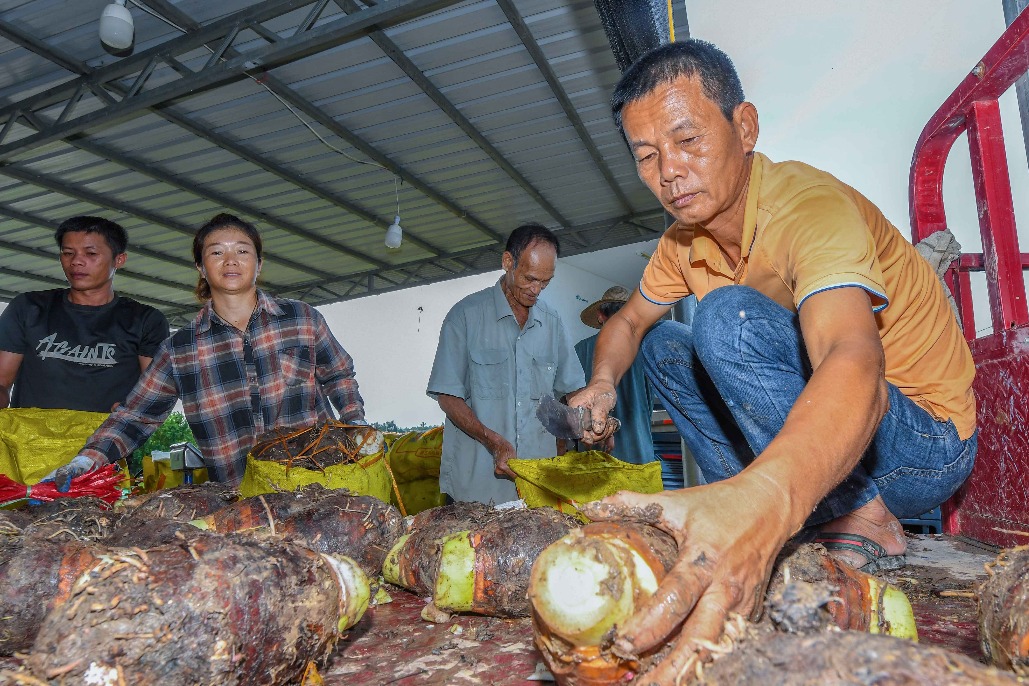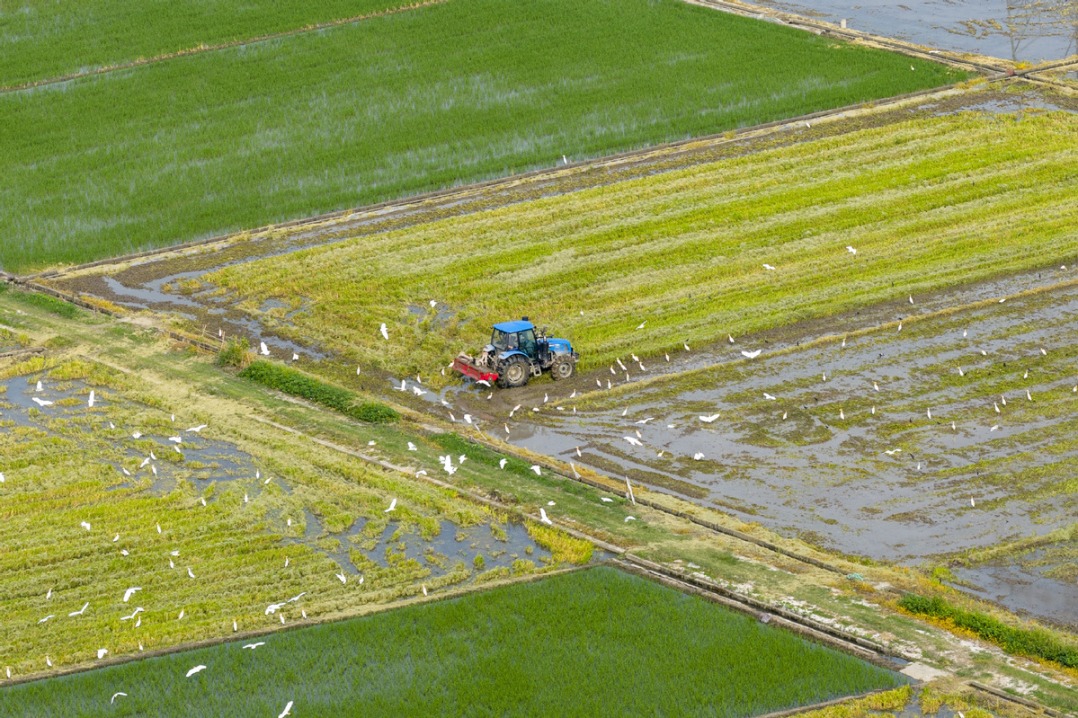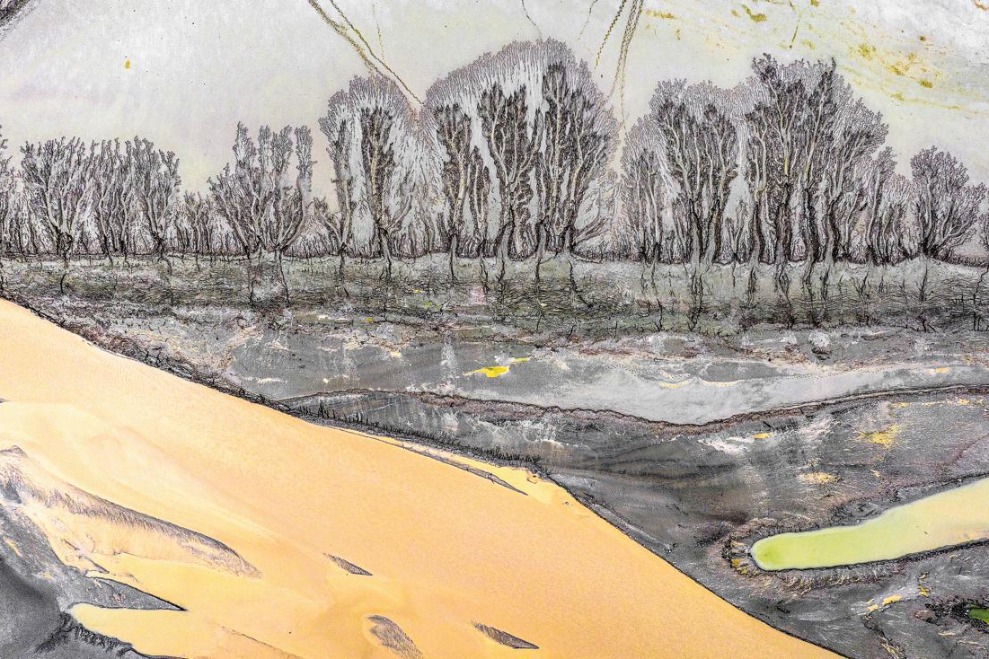Tiangong I space laboratory bids fiery farewell

China's first space laboratory, Tiangong I, bade farewell on Monday morning as it re-entered Earth's atmosphere before breaking apart in a fireball over the South Pacific Ocean.
In a statement posted online, the China Manned Space Agency said the results of analysis and tracking by the Beijing Aerospace Control Center and other Chinese space organizations showed that re-entry took place at 8:15 am and that most of the spacecraft burned up in the process.
Remnants may have crashed somewhere in the central part of the South Pacific, the agency said, without elaborating.
In the last hours of Tiangong I's flight, Chinese space authorities closely watched its trajectory and released two announcements about its position in orbit on Monday morning before the last one confirming its re-entry.
There were no reports of damage caused by the re-entry, Foreign Ministry spokesman Geng Shuang said at a daily news briefing on Monday.
He said China has been exceedingly responsible in handling the matter in accordance with international treaties and norms, and has shared information with the UN Office for Outer Space Affairs several times to ensure information transparency.
Normally, when an unshielded spacecraft re-enters the atmosphere, external parts such as the solar panels and antennas are the first victims of the atmospheric drag. Then its main structure burns or explodes from increasing heat and friction.
Such a spacecraft normally then disintegrates at an altitude of about 80 kilometers and fragments continue to burn. Most are reduced to ash and dissipate. Only a small amount of debris may reach the surface.
Monday's re-entry put an end to months of speculation surrounding the fate of Tiangong I, which contributed greatly to China's ability to build a space station on its own.
The 8.5-metric-ton space lab, about the size of a school bus, was launched by a Long March 2F carrier rocket at Jiuquan Satellite Launch Center in northwestern China in September 2011. With a designated life span of two years, the spacecraft was in service for four and a half years before its retirement was announced by authorities in March 2016.
During its operation, the space lab conducted six automatic and astronaut-controlled dockings with the nation's Shenzhou VIII, Shenzhou IX and Shenzhou X spacecraft.
It hosted China's first woman astronaut, Liu Yang of the Shenzhou IX mission. The country's second woman in space, Wang Yaping, from the Shenzhou X mission, did a 40-minute televised science lecture from the space lab watched by more than 60 million Chinese students from about 80,000 schools.
China launched its second space lab, Tiangong II, in September 2016. It was occupied by two Chinese astronauts from the Shenzhou XI mission in October and November of that year. Both the Tiangong I and II were tasked with verifying technologies and equipment that will be used on a future space station.
The nation will start building that space station around 2020, according to the government's plan. The 60-ton station will have three parts-a core module attached to two space labs, each weighing about 20 tons-and will operate for at least 10 years, according to the manned space agency.
The space station is expected to be fully operational around 2022, it said.
Since 2003, when China sent its first astronaut into space, the country has conducted six manned space flights that totaled 68 days and circled Earth 1,089 times. Chinese astronauts have traveled more than 46 million kilometers in space, performing hundreds of scientific experiments during their missions.
- Nation's health outcomes gain recognition
- Sichuan's ethnic festival attracts thousands of tourists
- SCO Digital Economy University Alliance launched
- Experience from a first-person perspective a sniper shooting from a boat
- Humble root crop becomes vital industry in Haikou village
- Sniper showdown on water: Realistic battlefield simulation





































